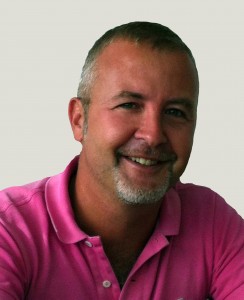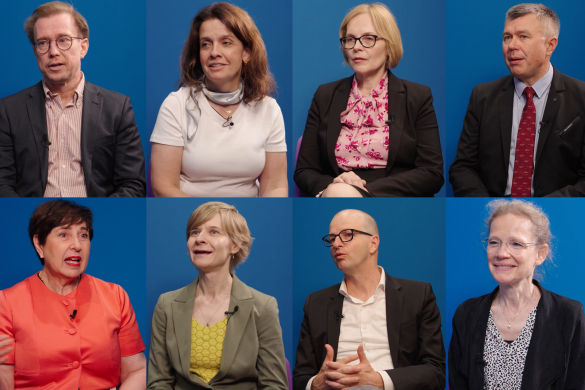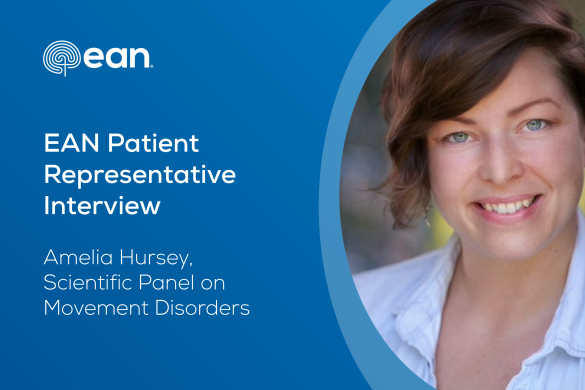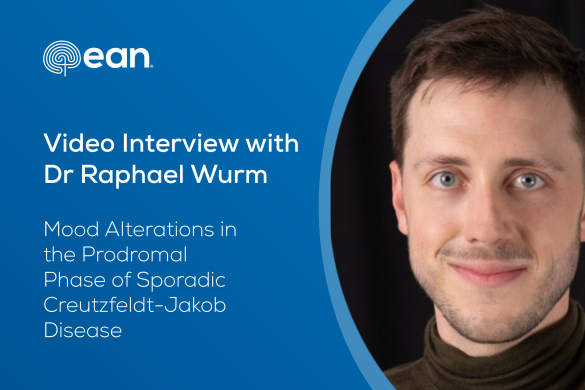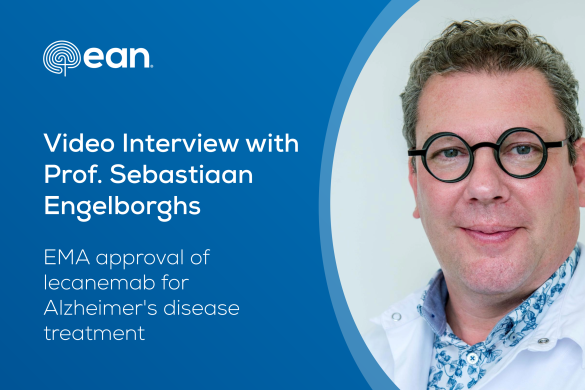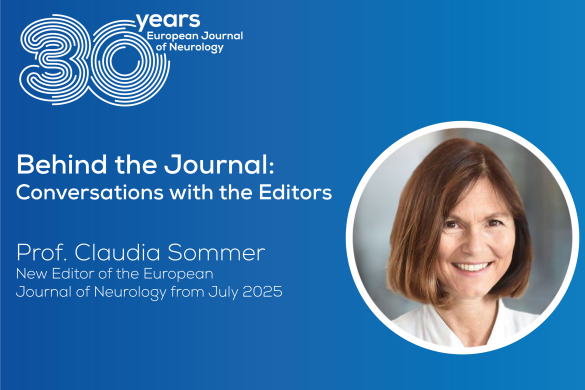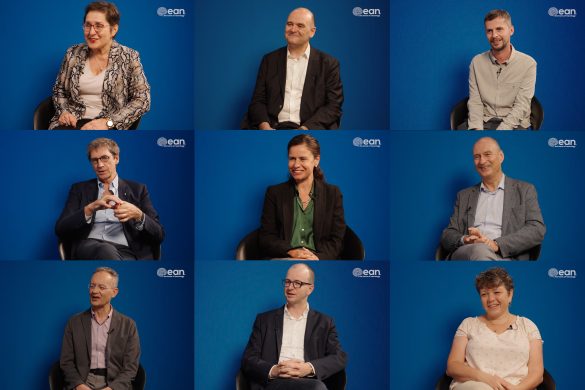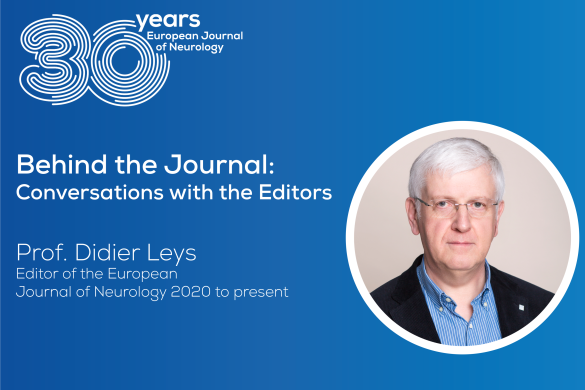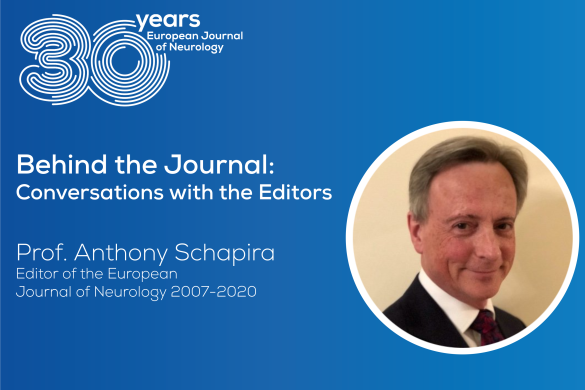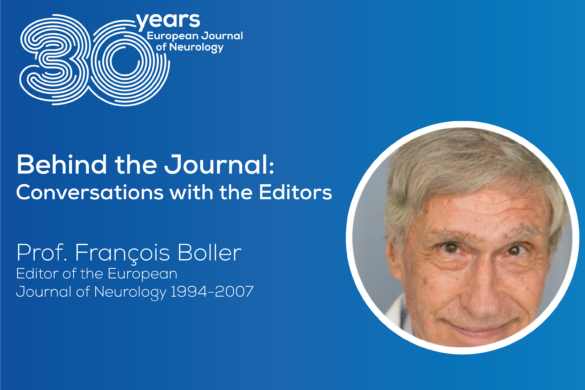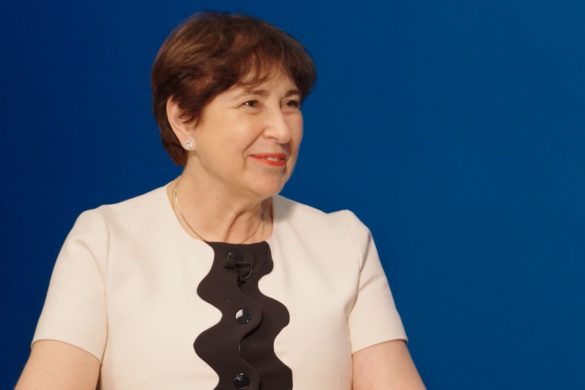Dr. Vicenzini is the Chairperson of the next which actually is the 19th Congress of the European Society of Neurosonology and Cerebral Hemodynamics (ESNCH) in Rome
Gian Luigi Lenzi (GLL): Dr. Vicenzini, could you briefly summarize for our readers the scientific contents of this Congress?
Edoardo Vicenzini (EV): As usual our annual meeting takes place right after the European Stroke Conference. All the fields of Neurosonology are covered in our meeting. Stroke is only one of the important topics: this year we will present a review on the evaluation and grading of the internal carotid artery and of intracranial arteries stenosis, but also other innovative aspects such as the pre-hospitalisation thrombolysis and new insights in cardiac arrhythmias and in embolic stroke from heart and aortic arch. However, we will also have sessions on muscle & nerve, on brain parenchyma, on eye sonography, on intra and extra cranial veins and how to translate into clinical practice all the new technologies such as ultrasound contrast agents. Moreover, to promote interactions between different specialists, we will have a session on the role of the neurosonologist in the intensive care unit and also a consensus meeting on Sickle Cells Disease.
GLL: Would the majority of the participants to your Congress be of Neurological provenance-training?
EV: Usually neurosonology is a field of application for the neurologist. Nevertheless we are open – and happy to give space – to other disciplines such as vascular surgeons, intensive care physicians, pediatricians, physicians taking care of transplantation and to everyone who shows interest in our field. It must be indeed underlined that the “neurosonological approach” is becoming more and more useful and required in several diseases other than Neurology itself.
GLL: Is Neurosonology a part of the Neuroimaging topic, as in our EFNS Panel, or are Neurosonologists looking for a more specific and separate scientific label?
EV: Neurosonology has always been a specific, highly specialised, branch for non-invasive vascular diagnosis. Bilateral cooperation and interactions with the radiologists for conventional Neuroimaging are fundamental for the common cultural growth, but keeping the identity of Neurosonology with the new advances and techniques recently developed in our field. Learning “how-to” correctly perform ultrasound is indeed difficult, it is operator dependent, it requires precise knowledge of pathophysiology, but when in the hands of an experienced performer it will give important data to the clinician for understanding pathophysiological mechanisms. For these reasons, we are also giving relevance to the moments of “teaching”.
GLL: How is Neurosonology teaching around Europe?
EV: Teaching courses and tutorials are key points among the members of the ESNCH. During the congress we will offer tutorials, basic and advanced and also hands-live demonstrations directly with the experts in the field. We believe that the direct contact with an experienced examiner is indeed fundamental for the learning process. Moreover in cooperation with the Neurosonology Research Group of the World Federation of Neurology (NSRG) we offer the possibility to obtain the International Certification for Neurosonology, an exam requiring both a theoretical as well as a practical examination.
Visit our website on www.neurosonology2014.it for further information!
Edoardo Vicenzini works at the Neurosonology Laboratory, Stroke Unit, University of Rome “La Sapienza”, in Rome, Italy

